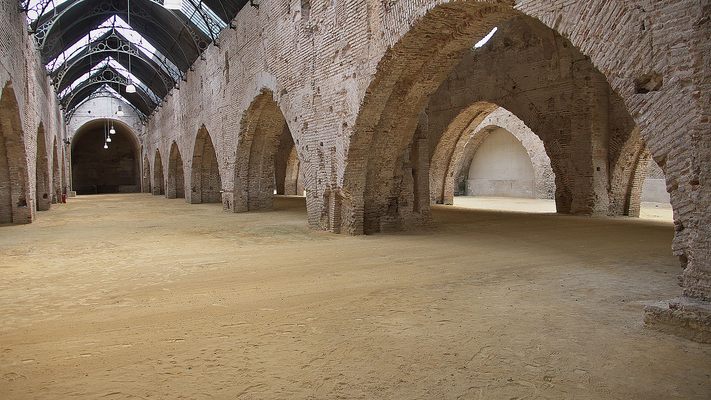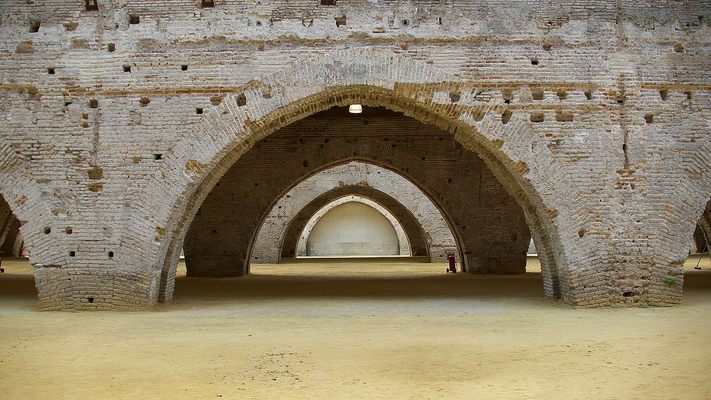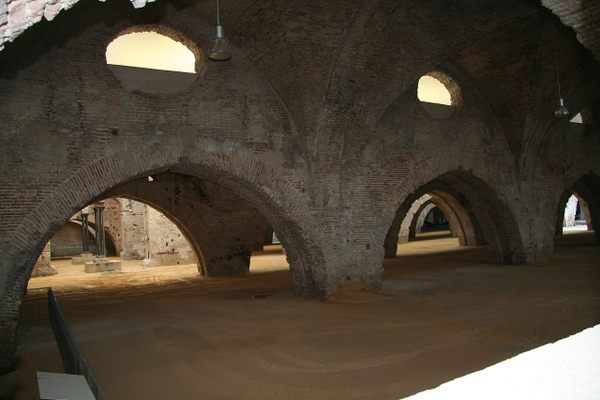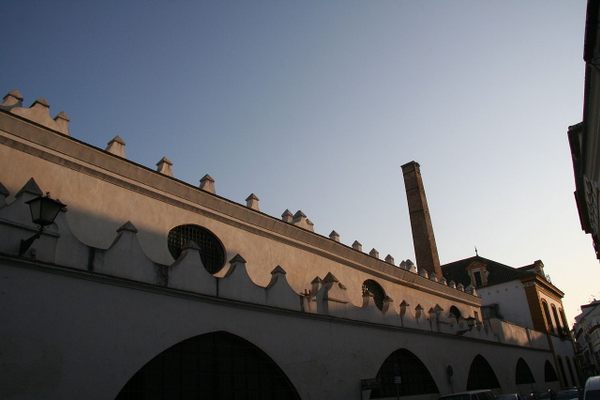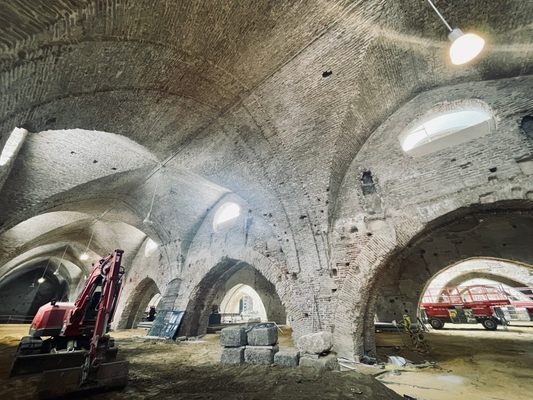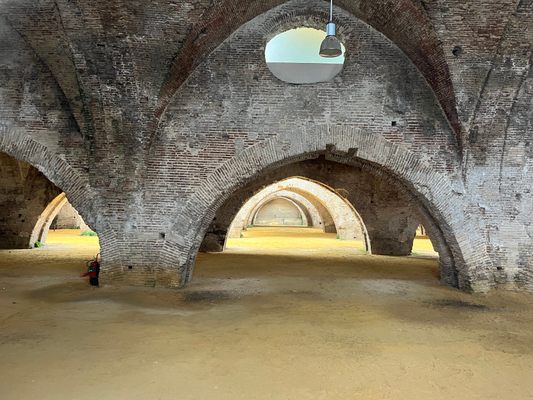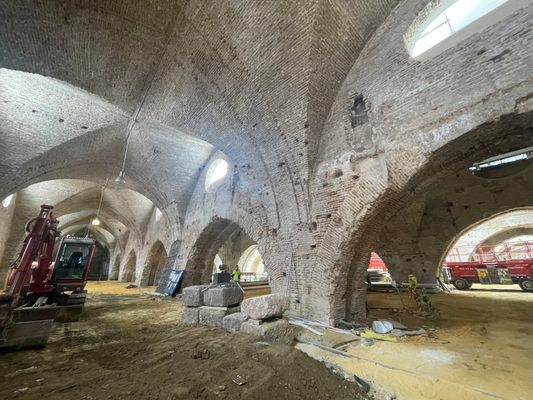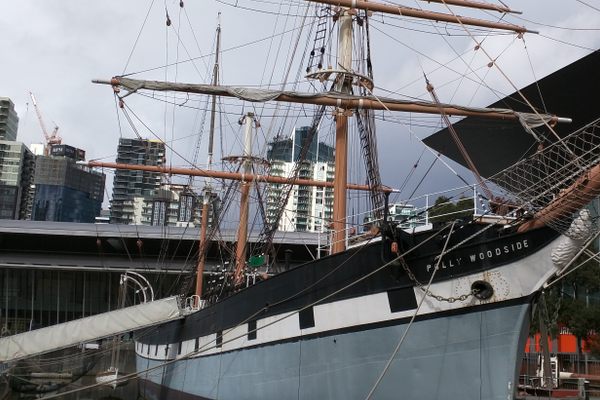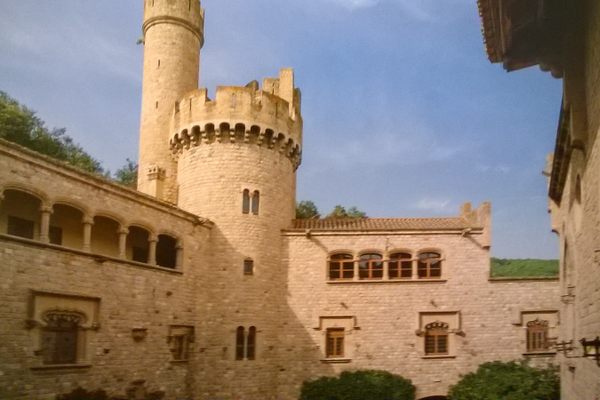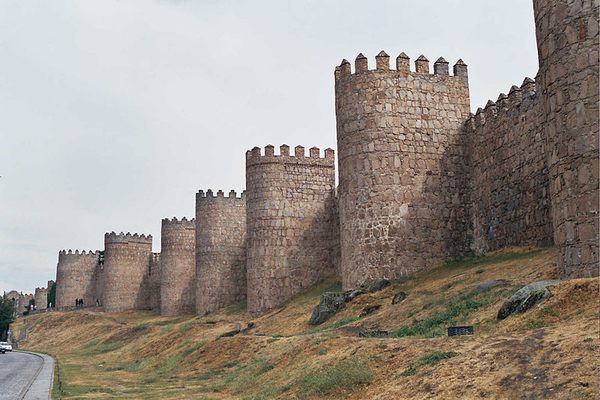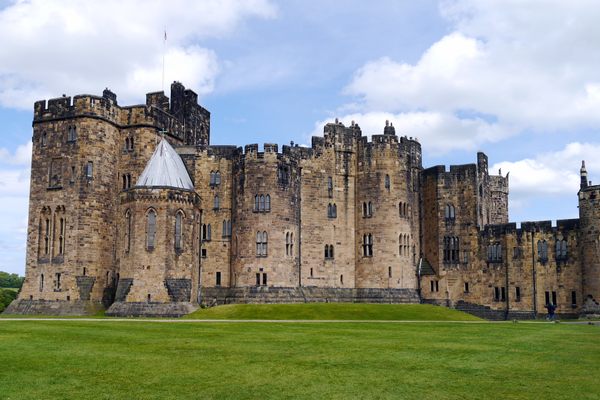About
For two decades, the Royal Shipyards of Seville have been closed to visitors. This has been a source of great frustration for many residents of the historic city, whose only chance to see inside the medieval shipyard was during season 7 of "Game of Thrones."
In 1248, Ferdinand III of Castile took Seville from the Moors, who had held the city since 712. It marked the fall, alongside Córdoba, of the two great Moorish strongholds in the Iberian Peninsula. Knowing that he still had to secure his position, Ferdinand III launched a military campaign into northern Africa. And for this, he needed ships.
Ferdinand died in 1252, but his son, Alfonso X "The Wise," pushed ahead with his father’s plan. To build the fleet he needed large shipyards, so he began work on the Reales Atarazanas de Sevilla, or the Royal Shipyards of Seville.
Built outside the city walls and close to the Guadalquivir River, the expansive shipyard covered about 3.33 acres. It consisted of 17 vaulted naves, not dissimilar to those found in a church or cathedral, built in the Gothic-Mudéjar style. Each nave was large enough for the construction of a galley, with each section of the shipyard connected to the next via a series of arches.
Ten galleys were built in the shipyard before the end of 1253, and it continued to produce fleets for subsequent Castilian kings. Galleys built in the Royal Shipyards of Seville were used throughout much of the remainder of the Reconquista, as well as during the Hundred Years' War against England. And apart from shipbuilding, the naves were also used to hold prisoners and booty taken during the various conflicts.
By the mid-15th century and the final stages of the Reconquista, orders for new ships began to dwindle and naves began to be repurposed for other tasks. In 1493, a fish market was moved into the first nave. During the 16th century, other naves were reassigned as oil and wool warehouses, and three more to house the city’s customs warehouse.
Time and technology had overtaken the Royal Shipyards of Seville. The naves were too small for building larger, more modern ships, and soon shipbuilding ceased altogether. In 1641, five naves were transformed into the Hospital de la Caridad. In 1719, five more naves were assigned for the storage of artillery material. The rest were largely used as commercial warehouses.
The next big change to the structure of the shipyard came in 1945, when five naves were destroyed to make way for the construction of the Delegación de Hacienda (Tax Office) building. Fortunately, no further destruction took place before the shipyard gained National Monument status in 1969, protecting it from further damage.
The shipyard, however, has been an ongoing thorn in the side of the local government. For more than 20 years it has been off-limits to the public, despite various plans and proposals for its renovation, all of which have so far failed, generating more frustration.
But in December 2018, it was confirmed that restoration would begin in 2019, with the aim of opening the Royal Shipyards of Seville to the public in 2022. Who is to thank for this happy piece of news? Well, probably a bunch of suits in a ministry office in Seville. But also, perhaps, Game of Thrones.
Many Game of Thrones filming locations have become major tourist draws thanks to the popularity of the HBO series. So when the Royal Shipyards of Seville were used in season 7 of the show, interest in the location was naturally piqued.
The shipyard was used to represent the cellars (or crypts) beneath the Red Keep in King's Landing. In episode two of season 7 (“Stormborn”), Qyburn takes Cersei to the cellars where they shoot a bolt through the skull of the dragon Balerion. Later, in episode five (“Eastwatch”), Bronn leads Jaime to the cellars for a tense meeting with Tyrion.
So when the Royal Shipyards of Seville do finally open, expect the visitors to be a delighted mix of medieval shipbuilding aficionados and a whole bunch of Game of Thrones fans.
Related Tags
Know Before You Go
The Royal Shipyards of Seville are located in the Casco Antiguo of Seville, just to the south of the city center and close to the Torre del Oro and Torre de la Plata. As mentioned above, the shipyard is currently closed and is expected to reopen in 2022.
As of June 2023 the restoration work appears to have stalled, the building is still closed with tarps over all the entrances.
As of October 2024 construction is still ongoing, but the structure can be easily viewed (and photographed) from many openings in the fences.
Published
May 6, 2019
Sources
- http://andaluciadestinodecine.com/punto/reales-atarazanas/?lang=en
- https://listarojapatrimonio.org/ficha/reales-atarazanas/
- https://www.sevillainfo.es/noticias-de-sevilla/atarazanas-sevilla/
- https://sevilla.abc.es/sevilla/sevi-acuerdo-definitivo-atarazanas-obras-comenzaran-2019-y-duraran-anos-201812211417_noticia.html
- https://elpais.com/cultura/2016/10/31/actualidad/1477929671_879355.html
